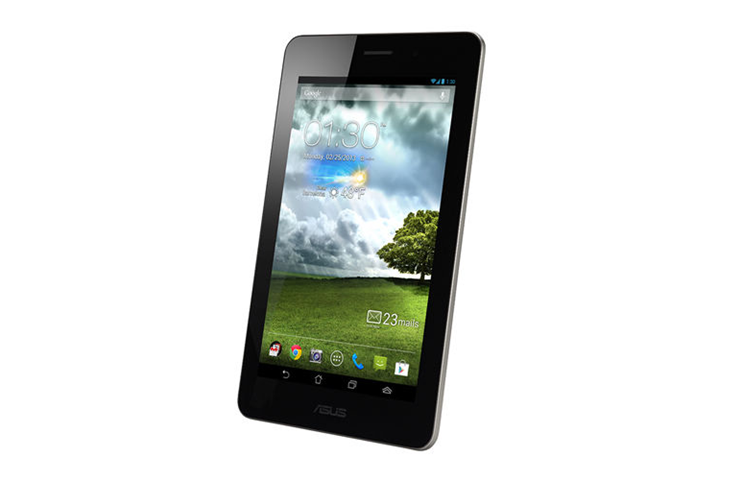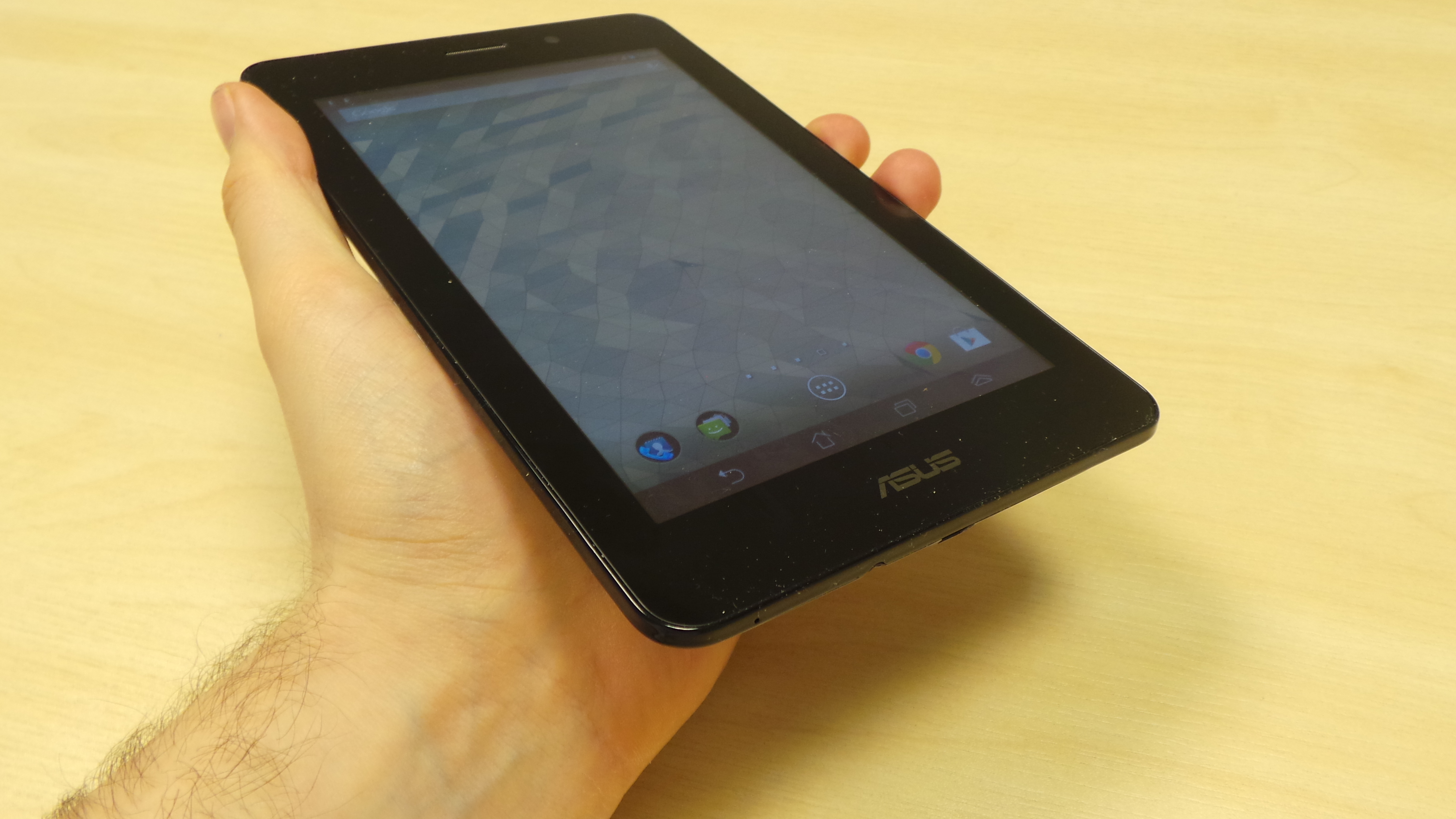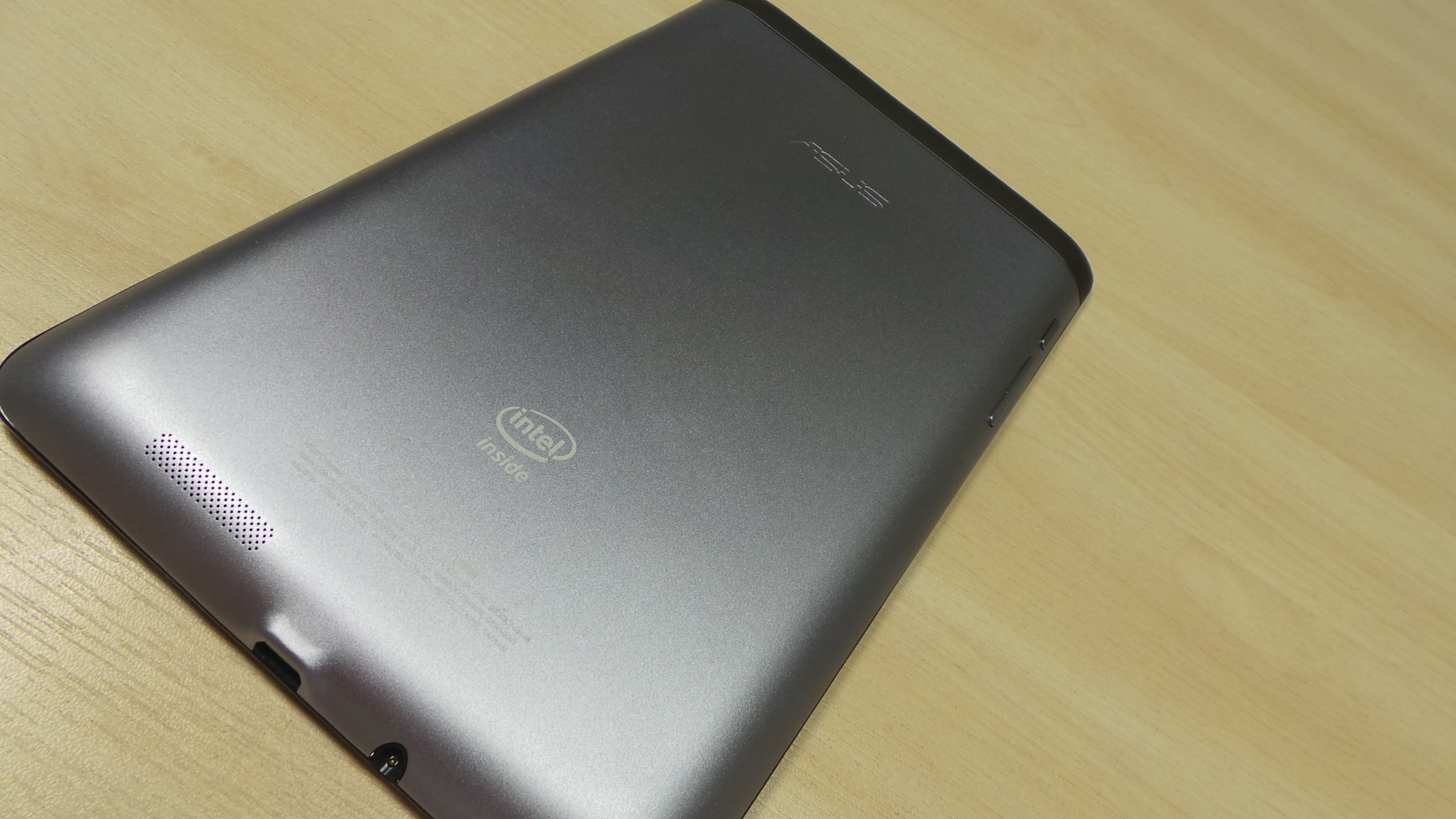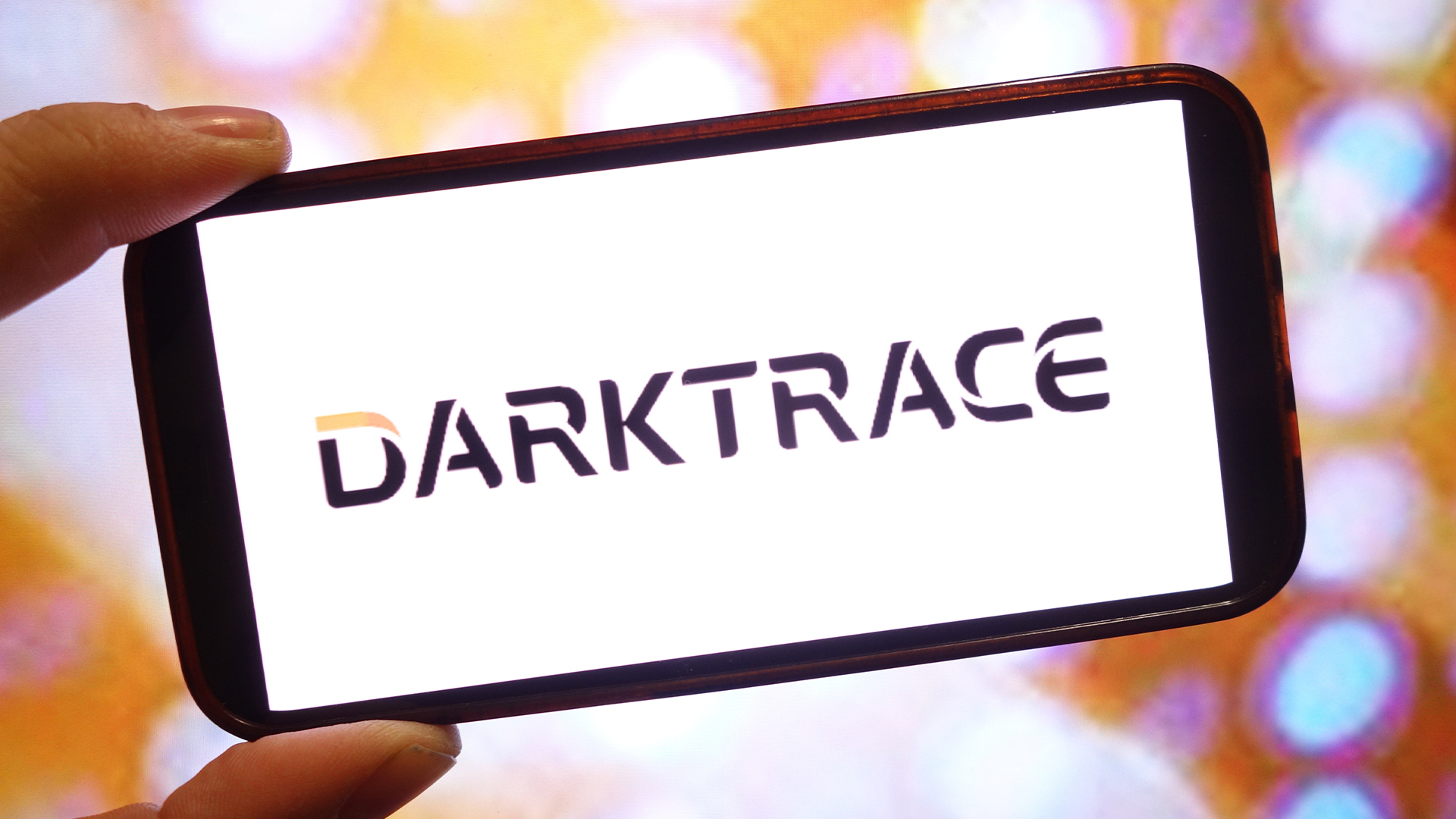Asus Fonepad review
A 7in tablet which makes calls. But can it really function as a viable smartphone replacement?

The Asus Fonepad is good value for money considering its a a tablet which makes phone calls, but it is likely to be too cumbersome for most people.
-
+
Excellent build and design; Decent battery life; Good value for money.
-
-
Problems with Wi-Fi; Shiny and smudgy display; Mid-range performance.
The Asus Fonepad is yet another smartphone/tablet hybrid which aims to attract users who want to carry around one device. The 7in device functions primarily as a tablet, has a built-in SIM which allows users to calls, send texts and browse the internet.
The Fonepad is available from UK retailers starting at 179.99. Is it worth it?
Design
Asus has demonstrated its unique design abilities in the past using aluminium and plastic, so we weren't surprised to find the Fonepad is a well-made piece of kit.
The first thing that hits you about the device is the similarity to the Nexus 7. Inevitable comparisons will be made with the with popular Google branded 7in tablet because it's also made by Asus. The dimensions are near identical between the two models. But, the Fonepad's use of aluminium makes a big difference and it feels more premium in the hand than the textured rubber used on the Google branded device.
The use of metal also gives the Fonepad a robust feeling, with no flexing or creaking on the chassis. It is not as easy to grip as the Nexus 7 though.

While the proportions might be in Nexus 7 territory, the lack of a rubber coating and the smoother, more refined lines of the Fonepad make it look the thinner, and more visually appealing. Asus consistently impresses us with its appreciation for device balance as being as important as overall weight and the Fonepad doesn't fail to deliver in this regard - it's very manageable in the hand with a weight of 340g.
Overall the device is minimalist - a look which works well in our view. The front panel around the display is a glossy black plastic in contrast to the metallic back plate. At the bottom there are micro USB charging and data ports and a 3.5mm audio jack while at the top is a contrasting soft-touch panel housing the wireless and data connectivity hardware.

The panel pops off when pushed with two thumbs and while at first this can be a bit awkward you do get the knack over time and it's a very secure setup - you needn't worry about the panel coming off unless you want it to. Inside you can slot in both micro SIM and micro SD cards.
We're not too keen on the placement of the power button and volume rocker, however. Because the rear panel tapers into the front without any true edging to speak of there's no flat surface for the controls to sit on. Consequently the keys are positioned at an angle on the curve on the top left-hand side of the device. This means the controls aren't very easily accessed or operated with either hand and in fact are a bit too easily activated by accident as well.
Phone functionality
The phone aspect works just as it does on any other Android phone. You have access to a dialpad, text messaging interface and contacts phonebook. Texts, missed calls and the like all appear in the notifications bar and drop-down menu. We found the call capabilities worked well on speakerphone and of course the device does function just as well as any regular sized smartphone if you use it with a hands-free kit or Bluetooth headset.
For use without hands-free or the speakerphone you are faced with the prospect of holding up a very large device to your ear, which is cumbersome. It can make you a little self-conscious, so it's best to go with a earphones/mic or headset.
We found the Fonepad will fit in an average jacket or coat inside pocket, though not all. The Fonepad is not trouser friendly, which could pose a problem if you want to go somewhere without a bag and don't have a jacket with big pockets. It's situations like this where having a smartphone is more convenient.
Get the ITPro daily newsletter
Sign up today and you will receive a free copy of our Future Focus 2025 report - the leading guidance on AI, cybersecurity and other IT challenges as per 700+ senior executives
-
 Google faces 'first of its kind' class action for search ads overcharging in UK
Google faces 'first of its kind' class action for search ads overcharging in UKNews Google faces a "first of its kind" £5 billion lawsuit in the UK over accusations it has a monopoly in digital advertising that allows it to overcharge customers.
By Nicole Kobie Published
-
 Darktrace unveils tailored AI models with a twist for its cybersecurity agent
Darktrace unveils tailored AI models with a twist for its cybersecurity agentNews Darktrace has announced new AI models for its agentic AI security tool, but it's taken a novel approach to tackle hallucinations.
By Rory Bathgate Published
-
 This tech company wants to pay staff to look after their mental and physical wellbeing
This tech company wants to pay staff to look after their mental and physical wellbeingNews Hot on the heels of its four-day week trial, tech company Thrive is offering staff new incentives to take care of their mental and physical wellbeing.
By Ross Kelly Published